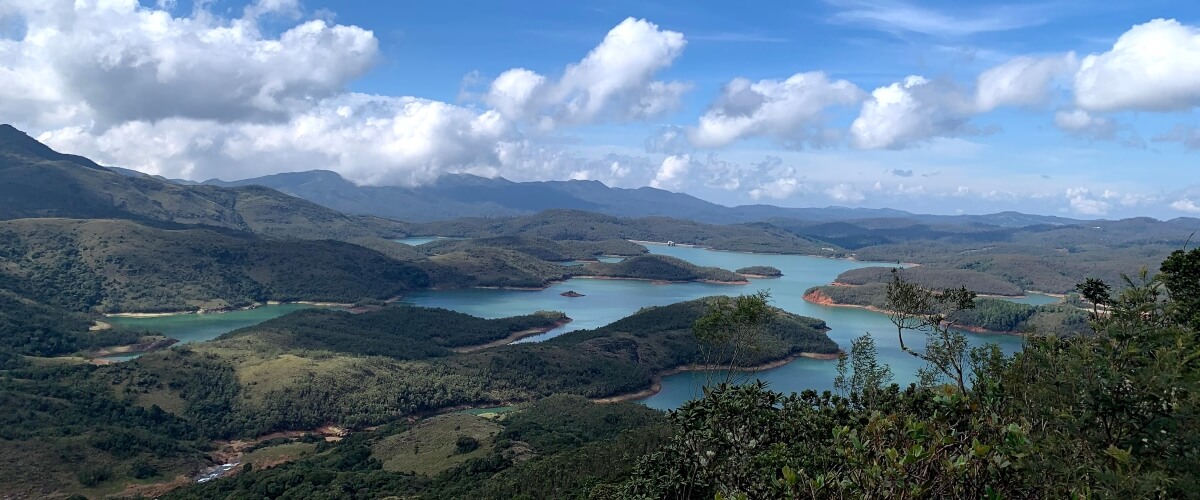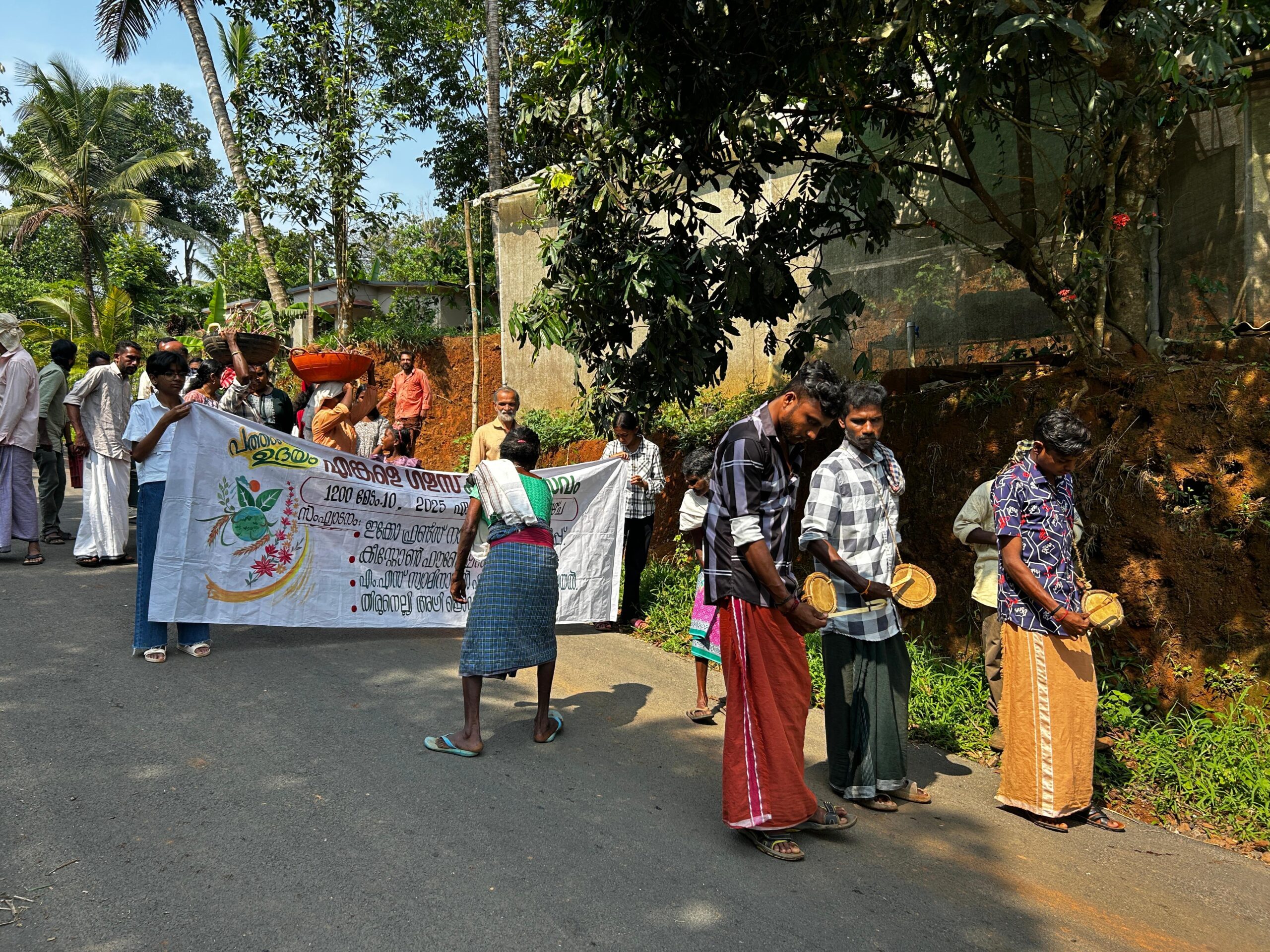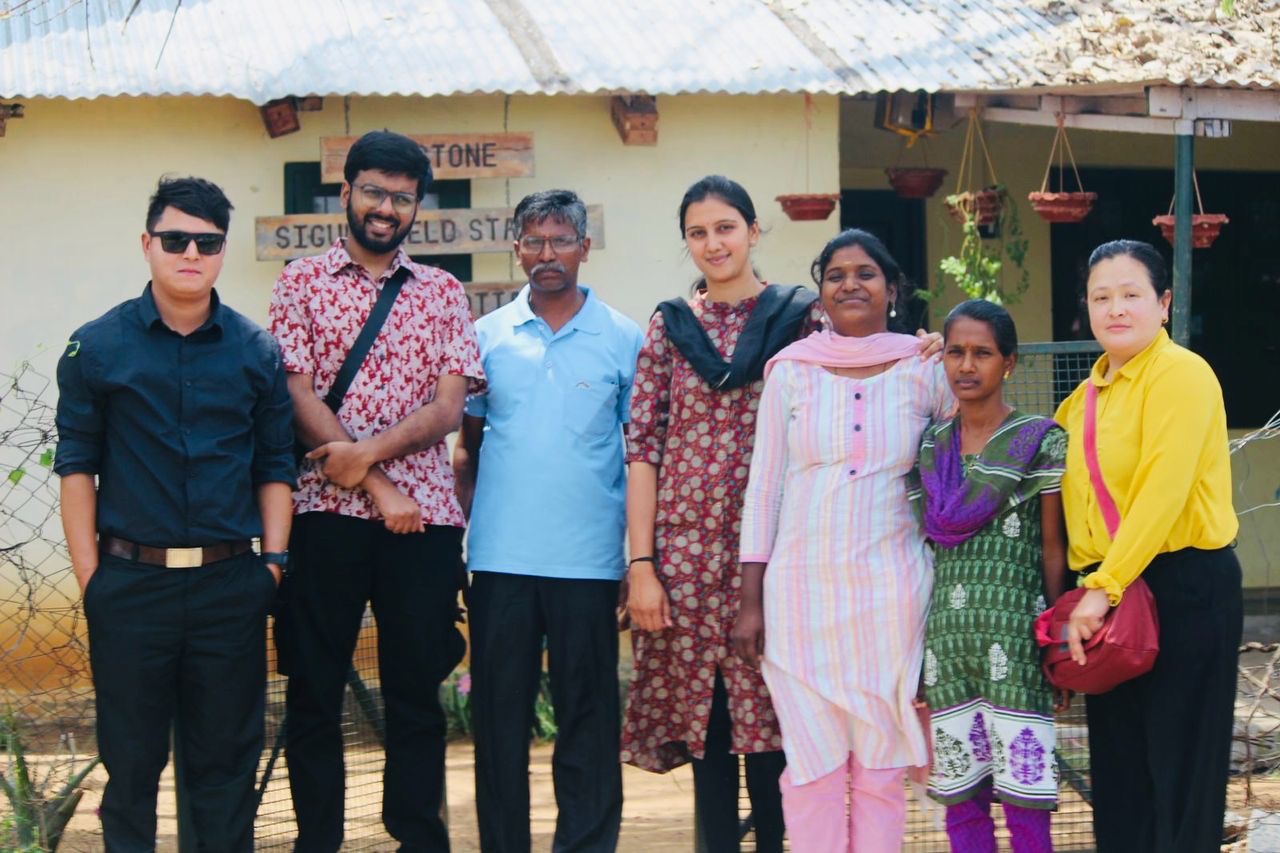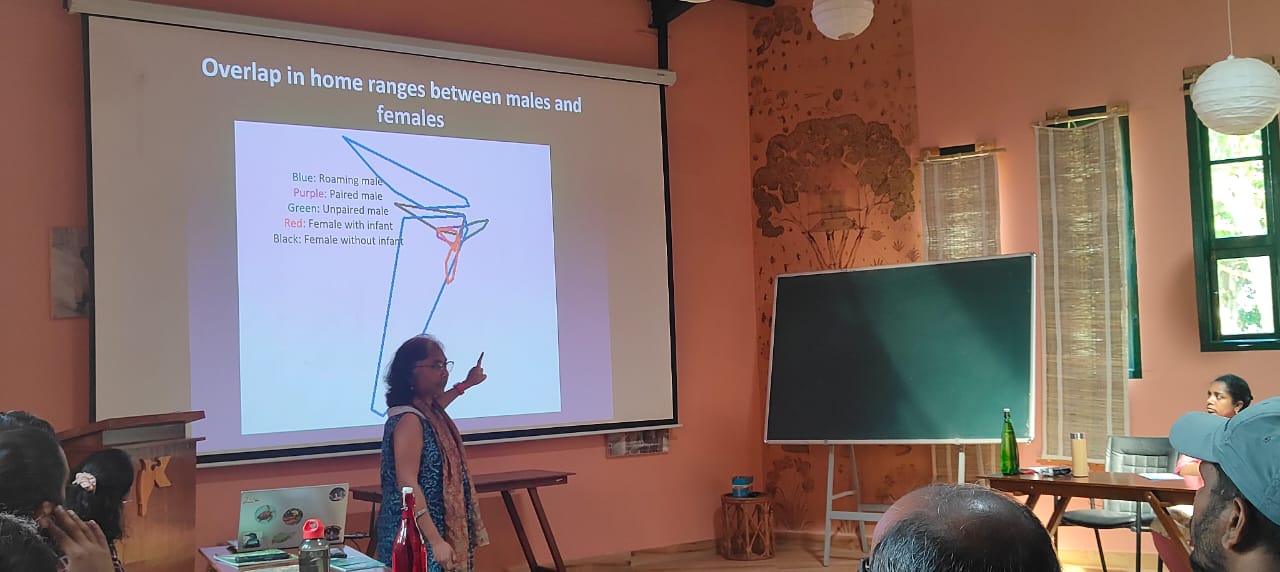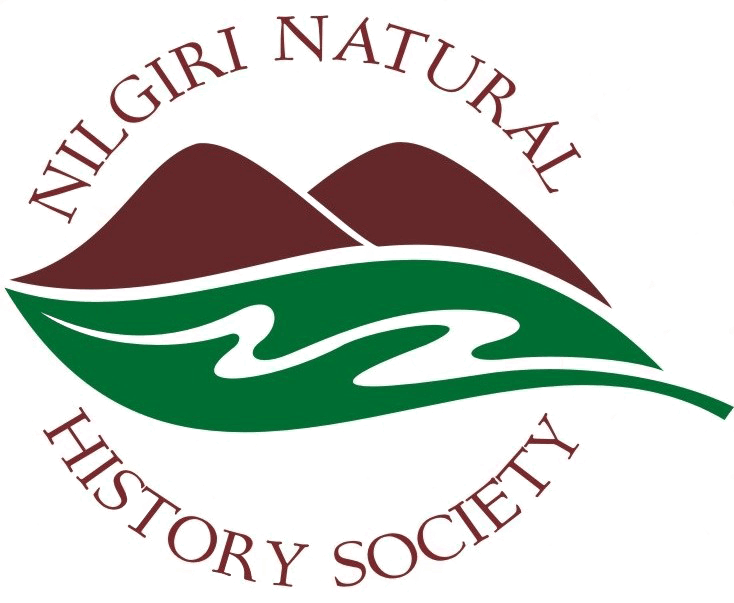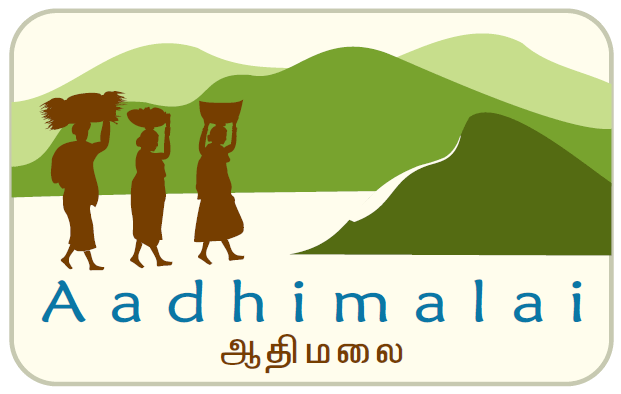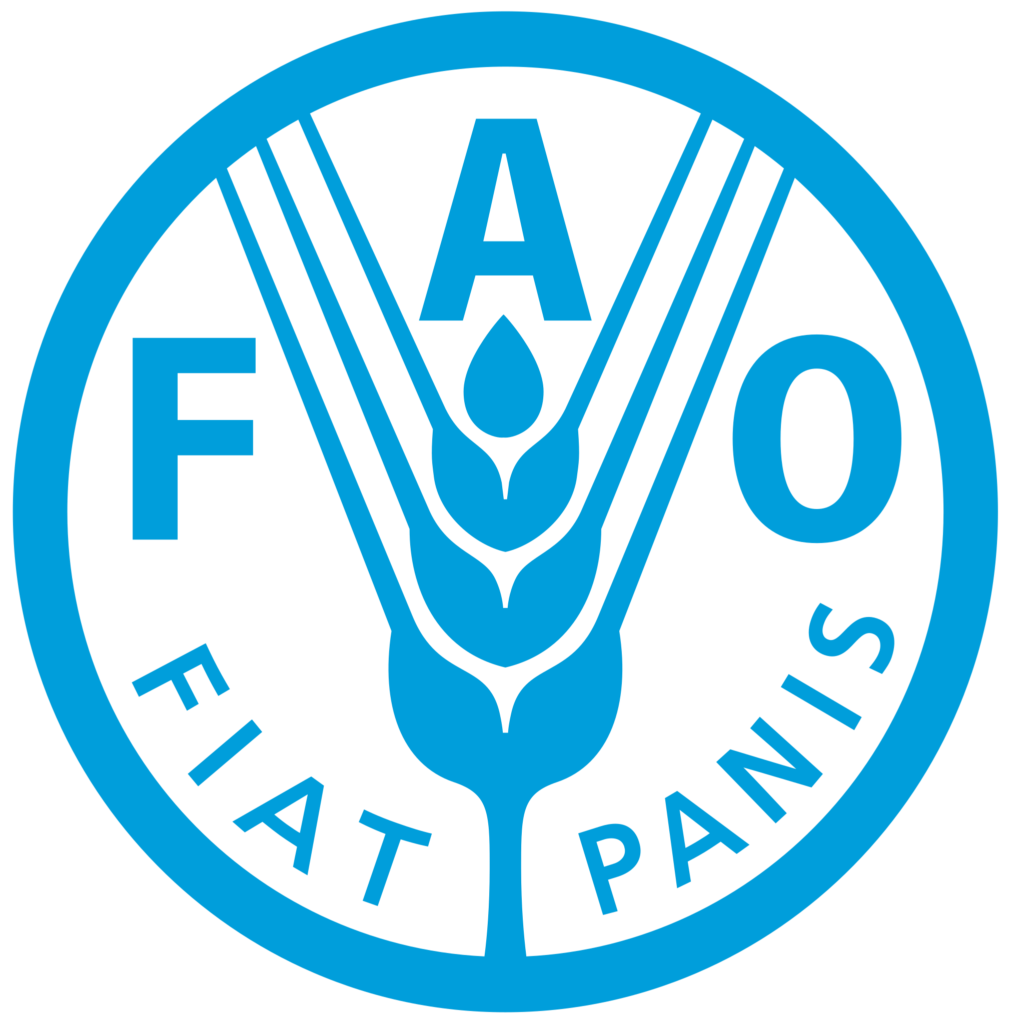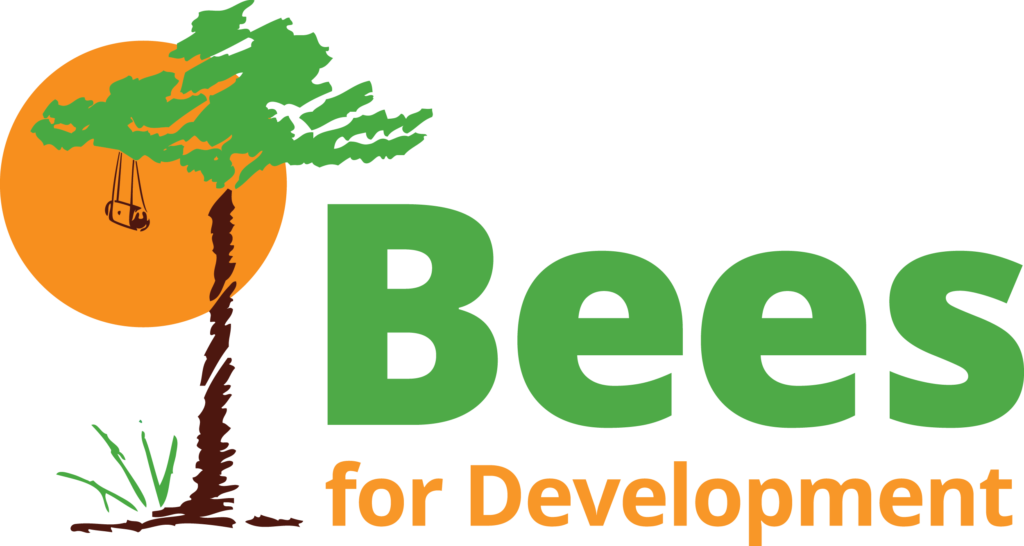The Habitats Trust (THT) team was back this year again, in the third week of September, for their field verification for Keystone Foundation’s proposed project to study ecology, habitat use and distribution of the Nilgiri Marten.
This year we had included the Mukurthi National Park as an area of study. Therefore, as part of the field visits, the wildlife team under the Biodiversity Management Programme, along with the guests from THT, Saket and Anup, paid a visit to the beautiful high-altitude shola-grasslands of Mukurthi. On day one, the team visited the Upper Bhavani dam area and Bangithapal, while on day two, the team went in the direction of the Western catchment region.
As the team made their way through the undulating grassland, winding waterways, scattered shola patches with Rhododendrons springing up all along the way, we were treated to a rich biodiversity of plants from pale beautiful balsams, to bright blue gentians and all others in between the colour spectrum, including the Kurinji (S.wightiana).
The highlight of this visit was the sighting of the Nilgiri Pipit (Anthus nilghiriensis), Nilgiri Tahr (Nilgiritragushylocrius), Golden Jackal (Canis aureus), Nilgiri Laughing Thrush(Montecinclacachinnans), Shaheen Falcon (Falco peregrinus peregrinator), Ruddy Mongoose (Urva smithii), Nilgiri Langur (Semnopithecus johnii)among others. Indirect sightings of large carnivores included scat and pugmarks. Mukurthi is calling, and we eagerly await the news of the final decision on the proposal.
By Sharada Ramdass

